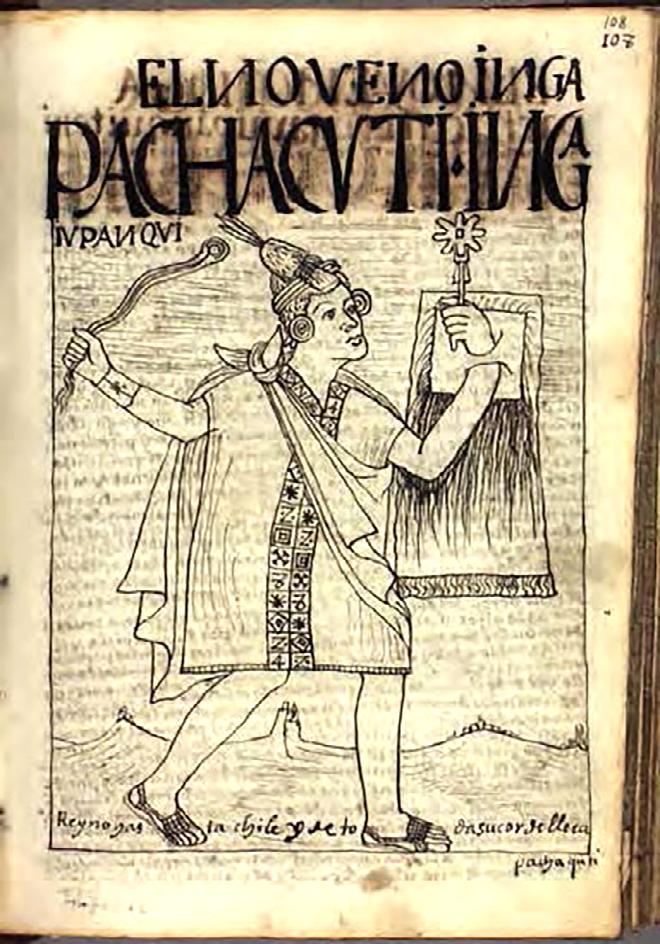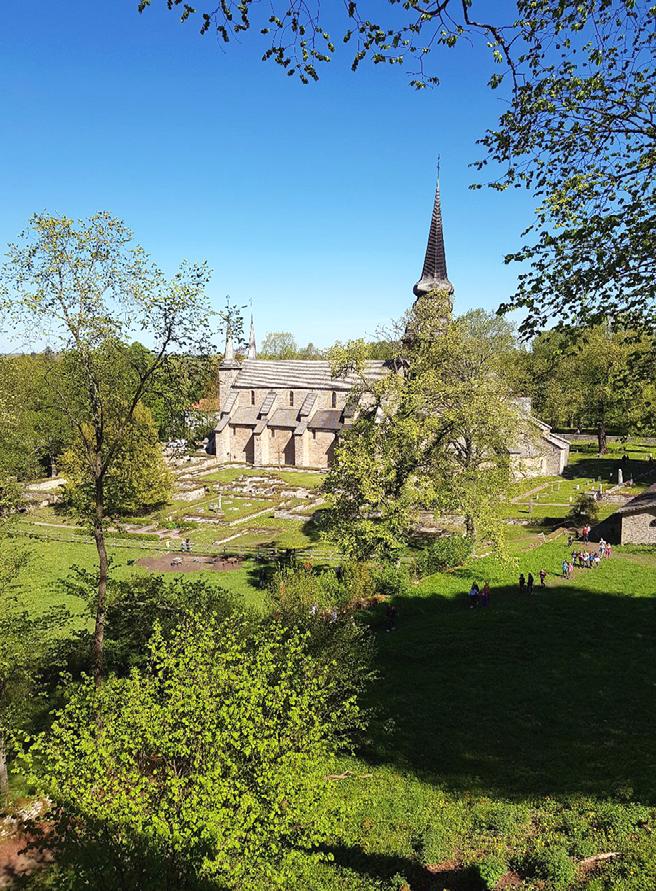18 Gasten VT 2021
A Matter of Perspective
Usage of Indigenous Sources Inside the UNESCO Nomination for Qhapaq Ñan
Daniel Kauder
“Q
hapaq Ñan – Main Andean Road”, was inscribed into the UNESCO world heritage in Doha on the 15 June 2014. The South American countries of Argentina, Bolivia, Columbia, Chile, Ecuador, and Peru worked over 13 years on the nomination.1 The inscription was one of the first transnational heri tage sights built by humans.2 Scientists believe that the widely ramified road system spans between 23.000 to 50.000 km in its entirety.3 273 road sections were inscribed with a total of 6000 km.4 It is therefore no wonder, that the official nomination paper contains over 2765 pages. Our interest lies with the historical section of the nomination paper containing “only” 289 pages. It is expected that the historical part of any UNESCO world heritage nomination paper will feature contemporary witnesses (if there were any), and perspectives of historical scientists. Both might provide a detailed picture and narrative why the Qhapaq Ñan should be inscribed as a UNESCO world heritage site. In our current age of decolonization, it is important to understand through which eyes do we look in the past? Which author tells us of the wonders of the Qhapaq Ñan? Whose perspective is shown and most importantly, 1 Korstanje & Azcárate 2007, 118. 2 Pointecker 2015. 3 Pointecker 2015, 13; see Korstanje & Azcárate 2007, 118; see UNESCO 2017. 4 UNESCO 2014, 685.
whose achievement should be inscribed? The European bounty of the Conquistadores, or the built achievement of the Inca and their ancestors that live mostly in rural areas of the South American countries? Qhapaq Ñan was a large and significant construction of the Inca empire. One can assume, that the history section will feature at some point the indigenous chronicler Felipe Guaman Poma de Ayala’s work El primer nueva corónica y buen gobierno.5 On over 1400 pages, Poma tells the rise and fall of the Inca empire, in an Augustine of Hippo fashion – he even starts with Adam and Eve, and includes a mythical Andean episode. But he mainly creates a narrative that criticizes the misuse and mistreatment of the Spanish rule.6 The truly exceptional part of Poma’s work, lies within the over 400 handmade drawings and calligraphies included in the work. The Poma scholar Rolena Adorno claims that: “Guaman Poma’s Nueva corónica is one of the most spectacular autograph manuscripts surviving from the Spanish colonial era […]”.7 A quick scan of the nomination paper shows various usages of Poma’s drawings, this leaves us with the possibility that the Qhapaq Ñan could have been one of the first indi genous South American heritage sites inscribed through an indigenous perspective. 5 Adorno 2011, 84. 6 Ibid. 7 Adorno 2011, 86.






